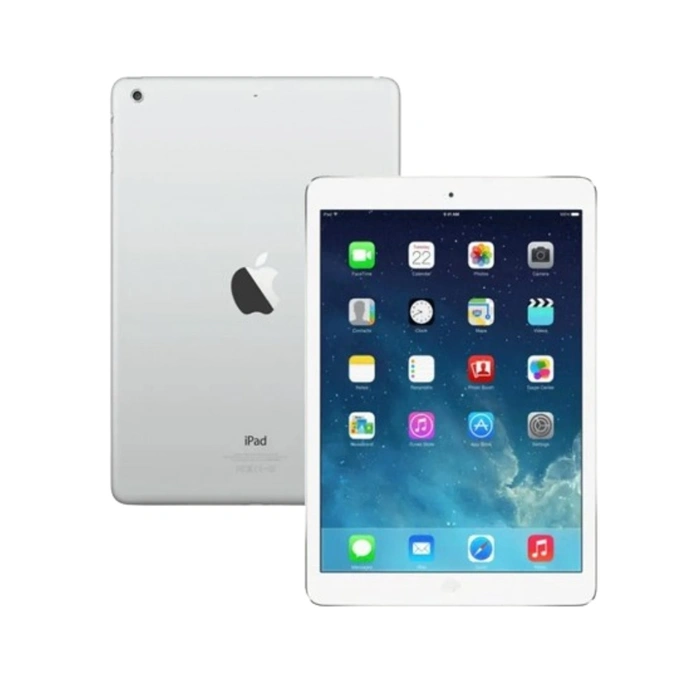The iPad Air (2013), with its Wi-Fi-only model, marked a significant milestone in Apple’s tablet evolution, combining innovative design and powerful performance at a compelling price point. Unveiled in October 2013, this fifth-generation iPad represented a major redesign from its predecessors, focusing on reducing weight and thickness while enhancing computing power and efficiency.
One of the most notable advancements in the iPad Air was its design overhaul. The tablet was significantly slimmer and lighter than previous models, measuring just 7.5 millimeters thick and weighing approximately 469 grams. This reduction in size and weight was achieved by shrinking the bezel surrounding the 9.7-inch Retina display, resulting in a sleeker, more modern look and feel. The slimmer profile made the iPad Air easier to hold and use for extended periods, improving portability and overall comfort.
The display itself featured a resolution of 2048 x 1536 pixels, delivering the sharp and vibrant visuals that users had come to expect from Apple’s Retina technology. This high-resolution screen made the iPad Air ideal for various activities, including reading, browsing, and watching high-definition videos. The clarity and detail of the display enhanced the overall user experience, making content more engaging and easier to view.
Under the hood, the iPad Air was powered by Apple’s A7 chip, a significant leap forward in processing power. The A7 chip, which introduced 64-bit architecture to the iPad line, provided a substantial boost in performance compared to its predecessor. Combined with the M7 motion coprocessor, the A7 chip enabled the iPad Air to handle demanding applications, multitasking, and gaming with greater efficiency. This advancement translated into faster response times and smoother operation, enhancing productivity and entertainment experiences.
The iPad Air’s Wi-Fi capabilities were robust, supporting dual-band 802.11a/b/g/n Wi-Fi, which provided fast and reliable wireless connectivity. This made browsing the web, streaming content, and downloading apps efficient and responsive. The Wi-Fi-only model was particularly appealing to users who did not require cellular connectivity but still wanted a high-performance tablet with excellent wireless capabilities.
In terms of cameras, the iPad Air included a 5-megapixel rear-facing iSight camera capable of recording 1080p HD video, along with a 1.2-megapixel front-facing FaceTime HD camera. While not as advanced as the camera systems in later models, these cameras were sufficient for everyday photography and video calls.
The iPad Air launched with iOS 7, featuring a redesigned interface and improved functionality, including enhanced multitasking and a new control center for quick access to essential settings.
Overall, the iPad Air (2013) Wi-Fi model combined cutting-edge design, powerful performance, and reliable connectivity. Its blend of features made it a popular choice among users seeking a high-quality tablet experience without the added cost of cellular capabilities.











